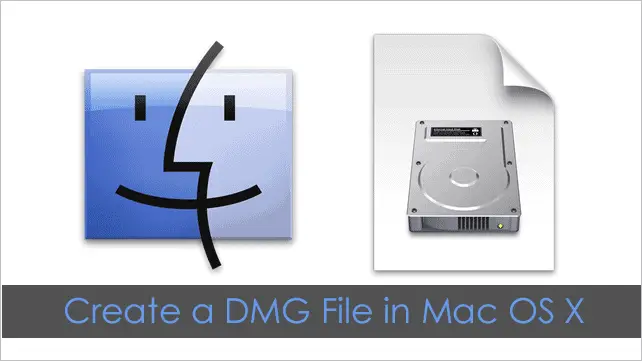These advanced steps are primarily for system administrators and others who are familiar with the command line. You don't need a bootable installer to upgrade macOS or reinstall macOS, but it can be useful when you want to install on multiple computers without downloading the installer each time.
Download macOS

If you want to do a clean install of macOS Sierra, or you have multiple Macs to install it on, then a bootable flash drive for is your best bet for easy installation. Here’s how to make one. Make a bootable macOS Catalina USB flash drive to install macOS on Apple computer or for Hackintosh purpose. If you don't have a MAC or for other reasons can't access MAC make a Catalina USB using Windows 10.
Find the appropriate download link in the upgrade instructions for each macOS version:
- macOS Catalina, macOS Mojave, and macOS High Sierra download directly to your Applications folder as an app named Install macOS Catalina, Install macOS Mojave, or Install macOS High Sierra. If the installer opens after downloading, quit it without continuing installation.
To get the required installer, download from a Mac that is using macOS Sierra 10.12.5 or later, or El Capitan 10.11.6. Enterprise administrators, please download from Apple, not a locally hosted software-update server. - macOS Sierra downloads as a disk image that contains a file named InstallOS.pkg. Open this file and follow the onscreen instructions. It installs an app named Install macOS Sierra into your Applications folder.
- OS X El Capitan downloads as a disk image that contains a file named InstallMacOSX.pkg. Open this file and follow the onscreen instructions. It installs an app named Install OS X El Capitan into your Applications folder.
Use the 'createinstallmedia' command in Terminal
- Connect the USB flash drive or other volume that you're using for the bootable installer. Make sure that it has at least 12GB of available storage and is formatted as Mac OS Extended.
- Open Terminal, which is in the Utilities folder of your Applications folder.
- Type or paste one of the following commands in Terminal. These assume that the installer is still in your Applications folder, and MyVolume is the name of the USB flash drive or other volume you're using. If it has a different name, replace
MyVolumein these commands with the name of your volume.
Catalina:*
Mojave:*
High Sierra:*
Sierra:
El Capitan: - Press Return after typing the command.
- When prompted, type your administrator password and press Return again. Terminal doesn't show any characters as you type your password.
- When prompted, type
Yto confirm that you want to erase the volume, then press Return. Terminal shows the progress as the bootable installer is created. - When Terminal says that it's done, the volume will have the same name as the installer you downloaded, such as Install macOS Catalina. You can now quit Terminal and eject the volume.
* If your Mac is using macOS Sierra or earlier, include the --applicationpath argument, similar to the way this argument is used in the commands for Sierra and El Capitan.
Use the bootable installer
After creating the bootable installer, follow these steps to use it:
- Plug the bootable installer into a compatible Mac.
- Use Startup Manager or Startup Disk preferences to select the bootable installer as the startup disk, then start up from it. Your Mac will start up to macOS Recovery.
Learn about selecting a startup disk, including what to do if your Mac doesn't start up from it. - Choose your language, if prompted.
- A bootable installer doesn't download macOS from the Internet, but it does require the Internet to get information specific to your Mac model, such as firmware updates. If you need to connect to a Wi-Fi network, use the Wi-Fi menu in the menu bar.
- Select Install macOS (or Install OS X) from the Utilities window, then click Continue and follow the onscreen instructions.

Learn more
Mac Os X Dmg File
For more information about the createinstallmedia command and the arguments that you can use with it, make sure that the macOS installer is in your Applications folder, then enter this path in Terminal:
Catalina:
Mac Dmg Os
Mojave:
High Sierra:
Sierra:
El Capitan:
Files in .dmg format are easier for Mac users to download and install than other file formats. This document describes how to convert a file saved on a CD or DVD into a .dmg file, and how to burn the .dmg file onto another CD/DVD.
Opening Disk Utility
Insert the CD/DVD with the file you want to convert into a CD-burning capable Mac.
Open Finder. Click on Applications, then double-click on the Utilities folder.
Double-click on Disk Utility to open the application.
Creating a DMG file
Make A Dmg Drive On Mac Computer
In the Disk Utility window, go to the menu on the left and highlight the name of the disk you mounted.
Click on the File menu at the top of the screen. From the drop-down menu, click New, then Disk Image From [name of your disk].
Type a name for your new file, then navigate to the Desktop to save the file there.
Under Image Format, choose compressed.
Click Save. You now have a .dmg file saved on your desktop. Next, you can burn the file onto a blank CD/DVD.
Burning the DMG file
Make A Dmg Drive On Mac Torrent
Eject the original CD/DVD from the computer and insert a blank one. If you are prompted with a pop-up window, click Ignore.
Return to Disk Utility, and click the Burn button at the top of the window.
Navigate to the Desktop, and highlight the .dmg file you saved. Click Burn.
Click Burn again in the new window to accept default settings.
Once the program finishes burning the disk, it will automatically eject. You should now have a burned CD or DVD with a copy of the original file saved in .dmg format.